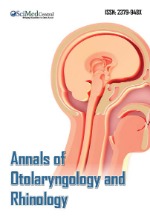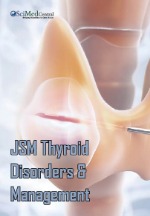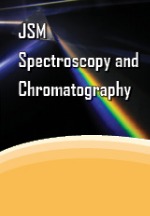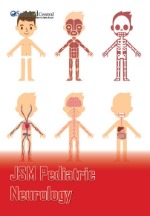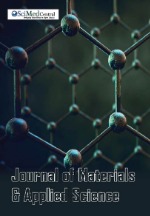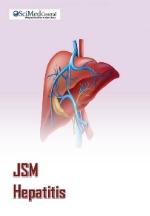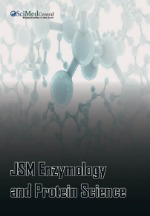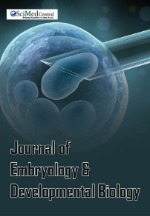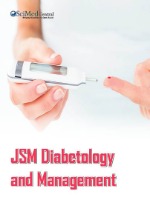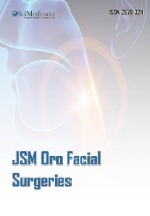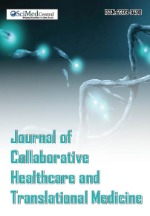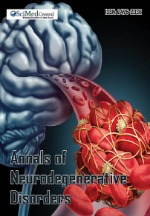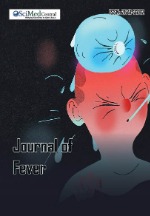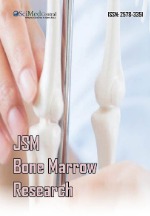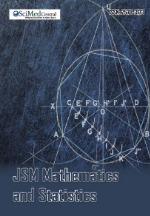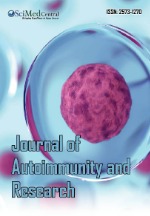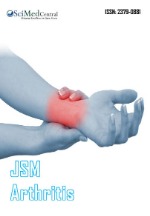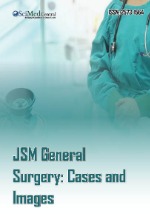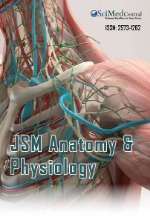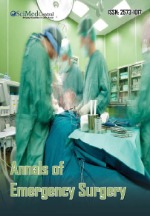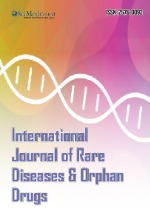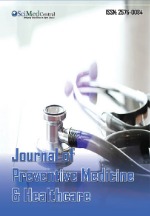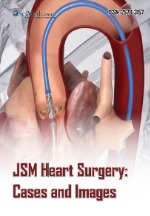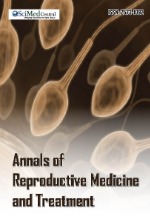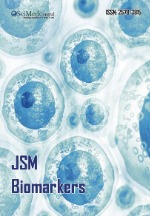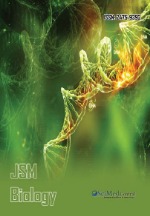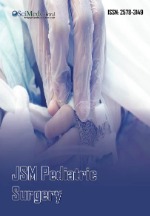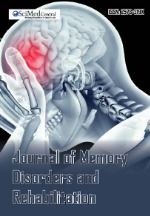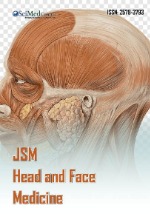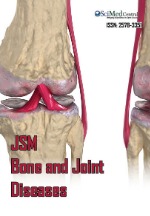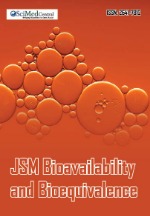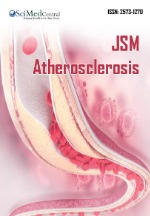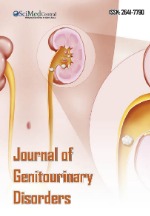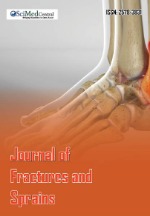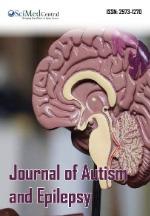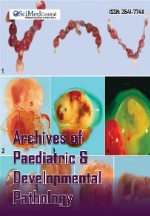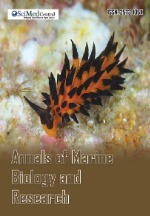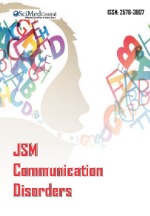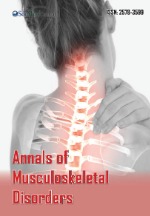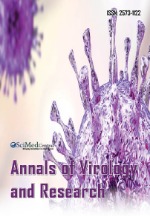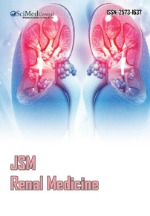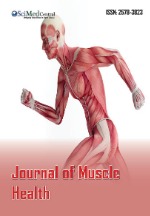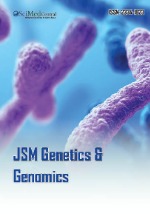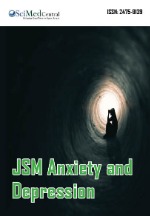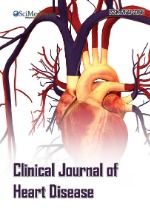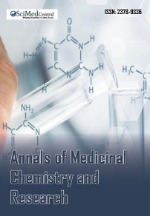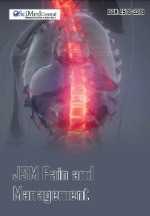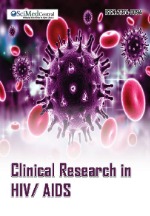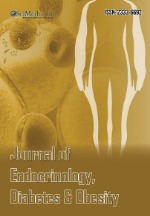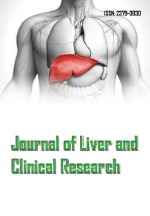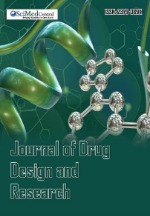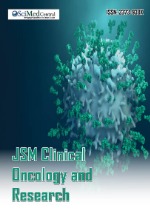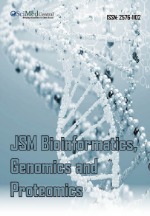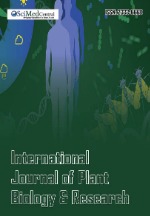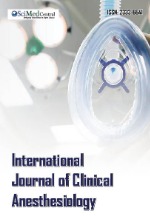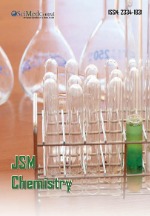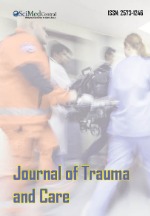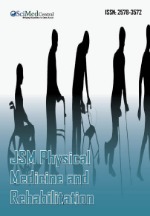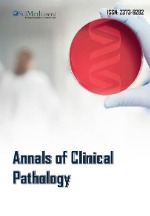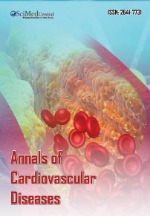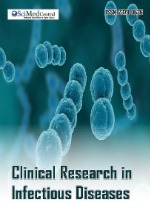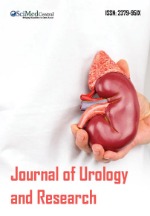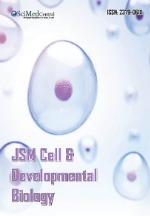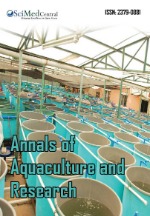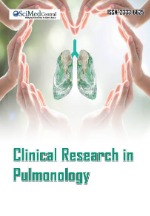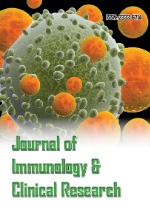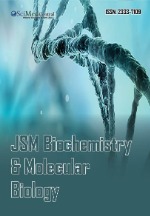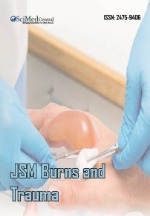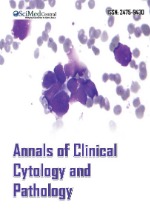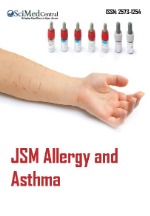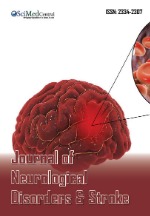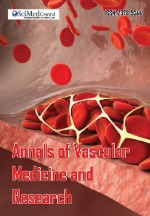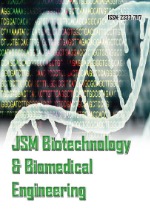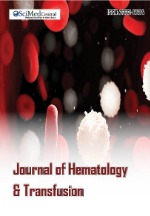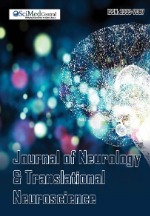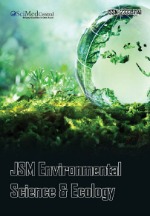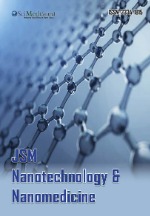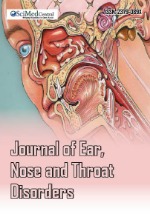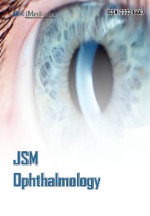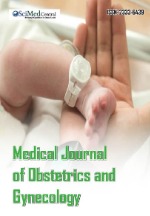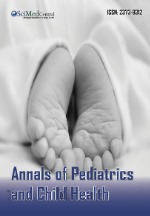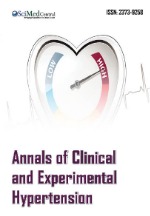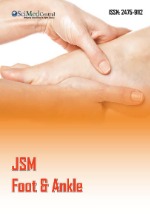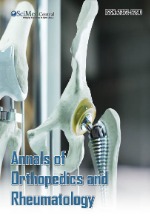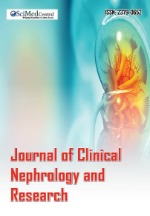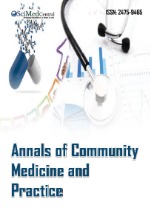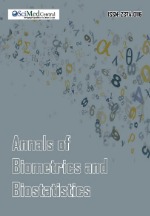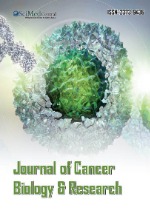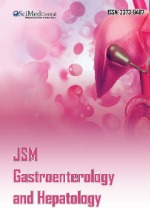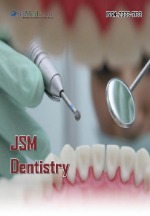A Rare Case of Skin Involvement of Burkitt Lymphoma
- 1. Hematology Laboratory, IBN ROCHD University Hospital, Morocco
- 2. Department of Pediatrics, IBN ROCHD University Hospital, Morocco
Abstract
Burkitt’s lymphoma is the most common non-Hodgkin’s lymphoma (NHL) in children
Citation
Harrach A, Bencharef H, Oukkache B, Alaoui M, Maani K, et al. (2023) A Rare Case of Skin Involvement of Burkitt Lymphoma. J Dermatolog Clin Res 11(1): 1152.
INTRODUCTION
Burkitt’s lymphoma is the most common non-Hodgkin’s lymphoma (NHL) in children, it accounts for approximately 40% to 60% of childhood NHL [1]. It is the third cancer in pediatrics and the first cancer in African children [2].
In Morocco, the incidence of Burkitt’s lymphoma remains unknown. But it is the main solid tumor in pediatric oncology [3]. It is a high-grade lymphoma of malignancy characterized by the monoclonal lymphoblastic proliferation of particular B cells called Burkitt cells. It has three forms: sporadic, endemic and linked to immunodeficiency [4].
Abdominal involvement is the most frequent location (70-90%) followed by maxillofacial location (10-15%). Skin involvement remains rare, it occurs in 1-2% of cases in children [5].
We report a case of Burkitt’s lymphoma with cytologically confirmed skin localization in a child followed at the Children’s university hospital.
CASE PRESENTATION
A 4-year-old child hospitalized at the children’s hospital for stage III burkitt lymphoma, with a history of first degree consanguinity.
The disease was revealed two months before hospitalization by the appearance of a painless hard left axillary lymphadenopathy gradually increasing in size with anorexia, unstated weight loss developing in a context of apyrexia followed by the appearance of diffuse abdominal pain, abdominal distension, and vomiting without transit disorders.
The first examination revealed a distended abdomen with a firm, tender right hypochondrium mass making contact with the lumbar spine, without hepatosplenomegaly or a palpable mass. Examination of the lymph nodes revealed a painless firm left axillary lymphadenopathy measuring 12x10 cm and multiple bilateral infracentimetric inguinal lymphadenopathy. Skin examination founds a smooth-surface nippled erythematous patch measuring 5 cm long axis in the left para-axillary region [Figure 1].
Figure 1: Subcutaneous nodules on the para-axillary region.
Examination of the external genitalia showed an infiltrated bursa with positive transillumination and enlarged right testis. In addition, the examination revealed respiratory discomfort with intercostal and suprasternal indrawing, polypnea without cyanosis without other abnormalities, in particular no neurological damage, gingival or tonsillar hypertrophy or serous effusion syndrome.
The initial peripheral blood cell count showed an hemoglobin at 7.4 g / dL, VGM: 80 fl, CCMH: 33 g / dl, a platelets count: 475000/mm3 and leukocytosis at 12,350. Abdominal ultrasound revealed bilateral renal masses associated with multiple deep lymphadenopathy and moderate ascites. The diagnosis of burkitt-type lymphoma was confirmed by axillary lymph node biopsy which showed lymphoproliferation in favor of burkitt lymphoma: atypical lymphocytes were positive for CD20, CD10, with a Ki 67 at 90-95% and negative for CD3, BCL2 and tdt.
A fine needle aspiration of a skin nodule was performed and demonstrated the presence of very large blast cells with vacuated very basophilic cytoplasm, concluding in a cutaneous localization of a burkitt lymphoma [Figure 2].
Figure 2: Fine needle aspiration with burkitt cells.
There was no evidence of bone marrow or central nervous system involvement. Given the cytological confirmation by fine needle aspiration, the skin biopsy was not performed. Viral serology (HIV, VHB, and VHC) were negative. The cardiac ultrasound was normal with an ejection fraction of 71%.
At the end of this assessment, treatment according to the LMB01 group B1 protocol was undertaken. The evaluation on D8 of chemotherapy was marked by the disappearance of the tumor syndrome and skin nodules with a 40% reduction in tumor mass on the abdominal ultrasound. The treatment was continued according to the same protocol.
DISCUSSION
Skin involvement in burkitt lymphoma is rare, described in 1-2% of cases in children. It is often secondary to abdominal or maxillofacial damage. Its primitive character is almost non-existent. The clinical presentation includes skin nodules, papules but sometimes ulcerative and infiltrating lesions. It can be localized or disseminated [6]. In our case, the cutaneous involvement was localized.
Several mechanisms of cutaneous extension of burkitt lymphoma have been reported in the literature; the presence of lymph nodes near skin lesions suggests local extension; while the distant localization suggests a hematogenous dissemination [7]. Our patient had an axillary location near the skin lesion, which may suggest a local spread.
Some studies have reported skin involvement several weeks or months after diagnosis by lymph node biopsy [8] or during surgery [9,10].
Skin involvement is most often seen in patients with stage III or IV of the disease. Almost 80% of patients have a survival of less than 1 year (median survival: 7 months). The prognosis depends above all on the stage of the disease, the early diagnosis and treatment and the response to treatment [11]. Cutaneous involvement is therefore of independent prognostic value which remains to be evaluated.
Few cases of cutaneous involvement in burkitt lymphoma have been reported in the literature, which makes prognostic evaluation of this involvement difficult. To be able to make conclusions regarding the impact of cutaneous localization on the survival of patients treated for burkitt lymphoma, large series of cases are necessary.
CONCLUSION
To our knowledge, this is the first case of cutaneous involvement in burkitt lymphoma described in our context. The exceptional character of this localization can mislead or delay the diagnosis. It is important to be aware of this in the face of any skin infiltrate in patients followed for burkitt lymphoma. The diagnosis by fine needle aspiration is a simple, rapid and inexpensive examination and may, if validated, represent an alternative to cutaneous biopsy and provides diagnostic confirmation.
REFERENCES
- O’Rourke E, Malone A, O’Marcaigh A, Storey L, Betts D, McDermott M, Smith OP. Burkitt Lymphoma/Leukaemia in Children & Young Adolescents. Ir Med J. 2020; 113: 6.
- Jackson Orem, Edward Katongole Mbidde , Bo Lambert, Silvia de Sanjose, Elisabete Weiderpass. Burkitt’s lymphoma in Africa,a review of the epidemiology and etiology. Afr Health Sci. 2007; 7: 166-175.
- Madani A, Benhmiddoune L, Zafad S, et al. Traitement du lymphome de Burkitt de l’enfant par le protocole LMB89 a` Casablanca. Bull Cancer. 2005; 92:193–8.
- Adonis-Koffy L, Koffi G, Sawadogo D, Timité-Konan AM, Sangaré A, Boka M. Localisation sous-cutanée du lymphome de Burkitt. A propos d’un cas au CHU de Yopougon, à Abidjan (Côte d’Ivoire) Bull Soc Pathol Exot. 2003; 96: 90-1.
- Ajay Gogia, Mehar C Sharma, Sameer Bakhshi. Subcutaneous Nodules as Initial Presentation of Burkitt Lymphoma in HIV-negative child. J Pediatr Hematol Oncol. 2013; 35: e326-8.
- Berk DR, Cheng A, Lind AC, Bayliss SJ. Burkitt lymphoma with cutaneous involvement. Dermatol Online J. 2008; 14: 14.
- Michael A Jacobson, Angela C S Hutcheson, David H Hurray, John S Metcalf, Bruce H Thiers. Cutaneous involvement by Burkitt lymphoma. J Am Acad Dermatol. 2006; 54: 1111–1113.
- GS Zaatari, WC Chan, TH Kim, DL Williams, M Kletzel. Malignant lymphoma of the skin in children. Cancer. 1987; 59: 1040–10459.
- S Aractingi, JP Marolleau, MT Daniel, P Brice, C Gisselbrecht. Subcutaneous localizations of Burkitt lymphoma after celioscopy. Am J Hematol. 1993; 42: 408.
- Banks PM, Arseneau JC, Gralnick HR, Canellos GP, DeVita Jr VT,Berard CW. American Burkitt’s lymphoma: a clinicopathologicstudy of 30 cases. II. Pathologic correlations. Am J Med. 1975; 58: 322–9.
- C Velter, A de Masson, L Galicier, V Meignin, L Gerard, D Boutboul, et al. Localisation cutanée de lymphome de Burkitt: 3 cas et revue de la littérature. Annales de Dermatologie et de Vénéréologie. 2014 ; 141.




